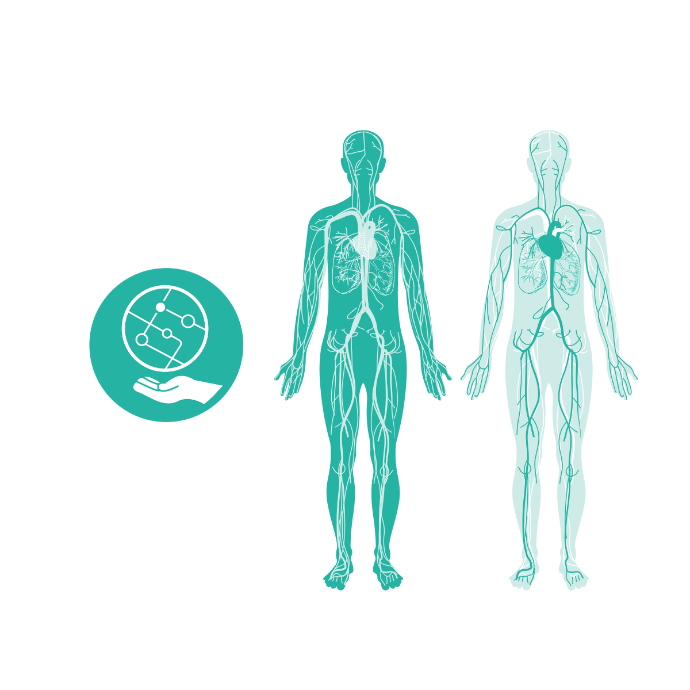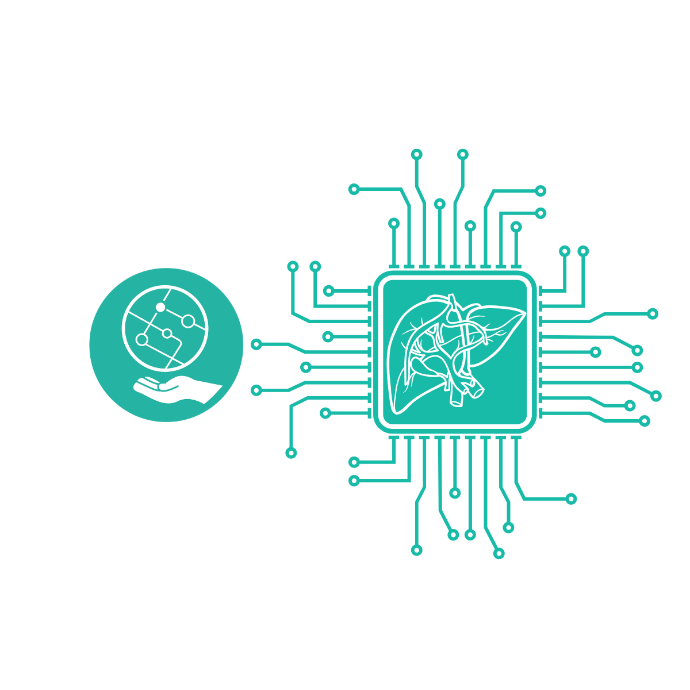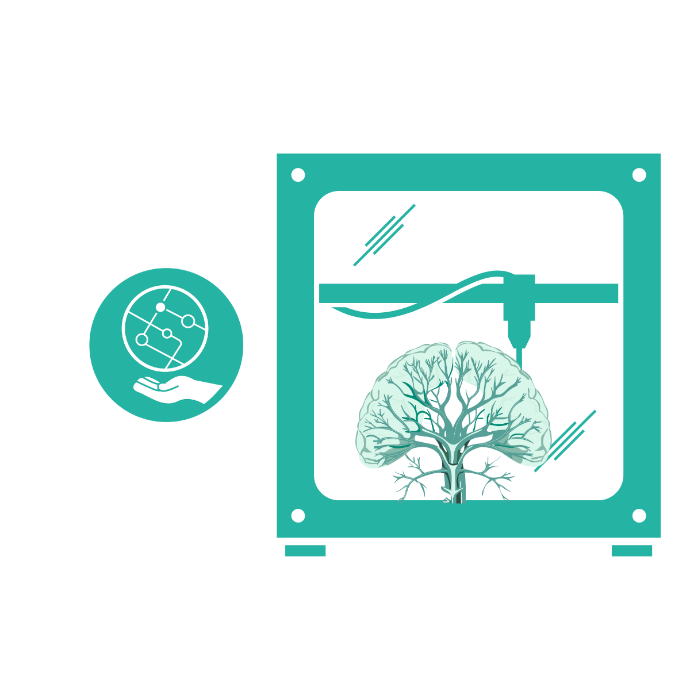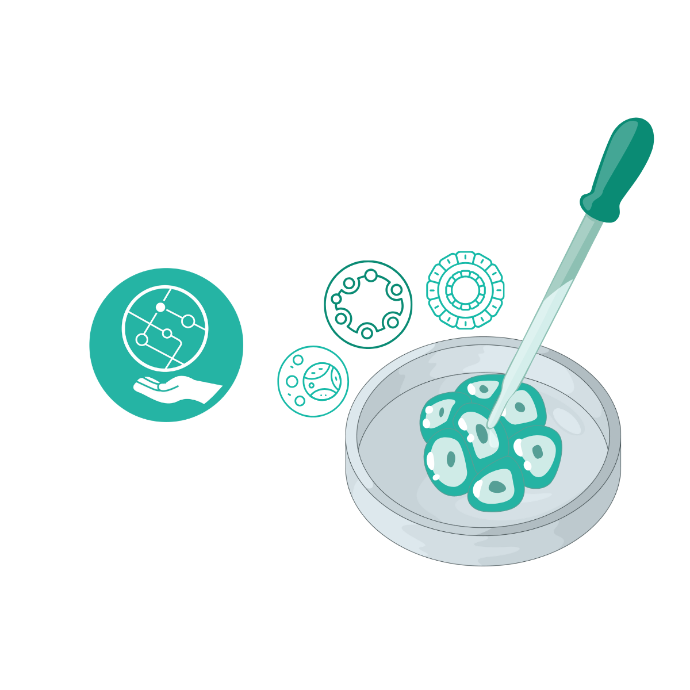Pilot studies
Discover an overview of the pilot studies developed as part of the STEP4NAMs project.

Pilot 1: Lung-on-Chip & Digital Twin Systems
University of Galway (Ireland)
This dual pilot combines a microfluidic Lung-on-Chip model and a multi-organ Digital Twin system to improve human-relevant drug testing and personalized care. The Lung-on-Chip replicates healthy and diseased lung conditions using patient-derived samples, while the Digital Twin simulates lung–kidney interactions to predict drug-related fluid shifts in critical care. Both approaches aim to reduce reliance on animal testing and offer SMEs unique opportunities to validate technologies in clinically informed in vitro and in silico environments.

Pilot 2: Multi-site Functional Validation of Organ-on-Chip Models
3R-Center Tübingen (Germany)
The 3R-Center Tübingen leads a collaborative multi-site study to rigorously validate Organ-on-Chip systems across pharmaceutical partners. By testing model stability, reproducibility, and predictive accuracy with known and blinded compounds, this pilot aims to build trust in these advanced human-relevant platforms and support their wider adoption as alternatives to animal testing.

Pilot 3: Bench-top Simulation for Stroke Devices
Atlantic Technological University (Ireland)
This project develops standardized validation procedures for clinically relevant simulations of mechanical neuro-thrombectomy devices used in treating acute ischemic stroke. The goal is to provide realistic 3D models and test systems that accelerate product development, reduce animal testing, and support safe and effective therapies.

Pilot 4: Parkinson’s Disease Organoids
University of Luxembourg
This pilot validates patient-derived brain organoids as a powerful NAM platform for pre-clinical testing of Parkinson’s disease therapies. By assessing drug candidates that previously failed in clinical trials, the study aims to demonstrate the predictive power of organoids, reduce reliance on animal testing, and provide pharma stakeholders with a more human-relevant model to improve drug development success rates.
